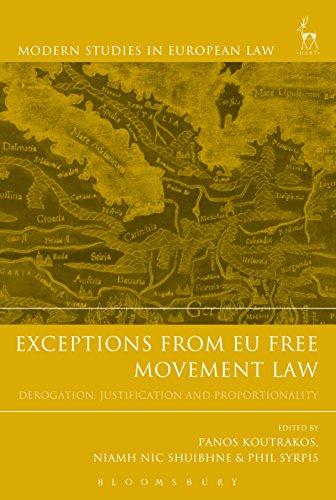Question
New York Times v. Sullivan Docket: 39 Citation: 376 U.S. 254 (1964) Petitioner: New York Times Respondent: Sullivan Consolidated: Abernathy v. Sullivan, No. 40 Case
| New York Times v. Sullivan
| Case Media
| ||||||||||||
| Abstract
| Advocates
|
Facts of the Case
Decided together with Abernathy v. Sullivan, this case concerns a full-page ad in the New York Times which alleged that the arrest of the Rev. Martin Luther King, Jr. for perjury in Alabama was part of a campaign to destroy King's efforts to integrate public facilities and encourage blacks to vote. L. B. Sullivan, the Montgomery city commissioner, filed a libel action against the newspaper and four black ministers who were listed as endorsers of the ad, claiming that the allegations against the Montgomery police defamed him personally. Under Alabama law, Sullivan did not have to prove that he had been harmed; and a defense claiming that the ad was truthful was unavailable since the ad contained factual errors. Sullivan won a $500,000 judgment.
Question
Did Alabama's libel law, by not requiring Sullivan to prove that an advertisement personally harmed him and dismissing the same as untruthful due to factual errors, unconstitutionally infringe on the First Amendment's freedom of speech and freedom of press protections?
Conclusion
The Court held that the First Amendment protects the publication of all statements, even false ones, about the conduct of public officials except when statements are made with actual malice (with knowledge that they are false or in reckless disregard of their truth or falsity). Under this new standard, Sullivan's case collapsed.
I. New York Times v. Sullivan
II. CITATION:
III. FACTS:
IV: LEGAL ISSUES:
V. COURT DECISION:
VI. OPINION AND REASONING OF THE COURT:
VII. CONCURRING OPINION
VIII. DISSENTING OPINION
IX. SEPARATE DISSENTING OPINION BY
X. PERSONAL OPINION BY STUDENT
follow this formate when doing the case brief
Step by Step Solution
There are 3 Steps involved in it
Step: 1

Get Instant Access to Expert-Tailored Solutions
See step-by-step solutions with expert insights and AI powered tools for academic success
Step: 2

Step: 3

Ace Your Homework with AI
Get the answers you need in no time with our AI-driven, step-by-step assistance
Get Started


